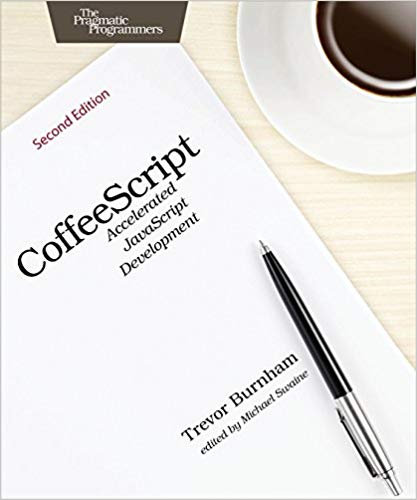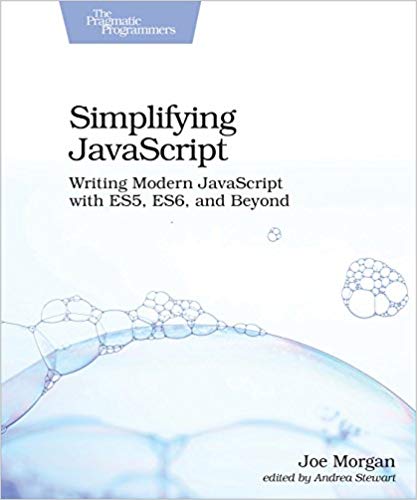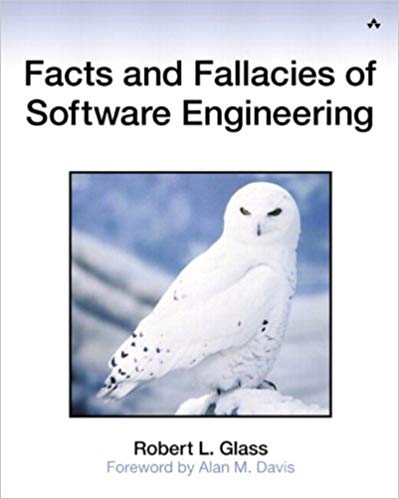It definitely lived up to the hype and was exactly the kind of con I'm comfortable attending - not too big or too small. It was mainly a Warmachine convention with roughly about 100 players attending, though there was a sizable (over 32 players!) Guild Ball event run by the Liberty Guild Ball group that plays at Showcase Comics in Media PA. There was also a AoS tournament but that only had 8 players, where as Monsterpocalypse pulled in 16 players.
Add in role playing, demos, and everything else and we're looking at about 200 people which is just the right size in my view.
What to play?
All of the people I traveled/roomed with were all in on Guild Ball and I was completely hyped for Warmachine. I was set to play in Champions on Friday for WM, and since I didn't get on a team for the New England Team Tournament and was scheduled to play Guild Ball on Saturday. I put my name in for the waiting list and managed to get on a team with some great guys from Montreal and got to play Warmachine all weekend.
On one hand I was a little sad to only play a single Guild Ball game against a friend in a pickup game, but on the other I was just completely hyped to play WM.
The Beatings Will Continue Until Morale Improves
Ironically I'm still hyped to play WM and Convergence, despite the fact that I lost nearly all of my games. The first take away from this is that I need more experience. My old habits and experience from when I was playing more regularly don't hold up, and the rust didn't just shake off. I haven't been able to get more than 2-3 games a month the past three months because of work/family and it showed really hard in my play at the con. I am far more out of practice than I realized.
There were a few games where I could have easily won had I remembered to spawn a servitor off my Axiom to contest scenario, or didn't rush through a turn after a phone call from my kids because my clock was low and I failed to position my shield guards properly - but even where I didn't really have fun (I got bottom of turn 1 assassinated by Sloan where he basically had to go for it otherwise he'd have a hard time on attrition), I learned WTF I should do in that game properly.
Nearly every time I've played Orion before this weekend it was into a melee list, never into a gun list and so I wasn't properly prepared. On the plus side, the guy who got me is someone I've listened to on podcasts quite a bit and when he heard I had lost one of my casino dice, he ended up giving me some of his that were the same color. Super nice guy and shout out to Dan Riker and the Battle Driven folks.
So I took a bunch of beatings, but morale is improving. I ran the following lists:
Champions
Convergence Army - 75 / 75 points
[Theme] Clockwork Legions
[Lucant 1] Father Lucant, the Divinity Architect [+28]
- Corollary [6]
- Diffuser [6]
- Diffuser [6]
- Galvanizer [5]
- Galvanizer [5]
Enigma Foundry [0(4)]
Enigma Foundry [0(4)]
Enigma Foundry [0(4)]
Enigma Foundry [4]
Frustum Locus [4]
Clockwork Angels [5]
Obstructors (max) [11]
Obstructors (max) [11]
Reciprocators (max) [18]
Reductors (min) [8]
- Transverse Enumerator [3]
Reductors (min) [8]
- Transverse Enumerator [3]
Theme: Destruction Initiative
4 / 4 Free Cards 75 / 75 Army
Iron Mother Directrix & Exponent Servitors - WJ: +27
- Iron Mother Directrix & Exponent Servitors Cont.
- Corollary - PC: 6
- Prime Axiom - PC: 38 (Battlegroup Points Used: 27)
- Mitigator - PC: 7
- Mitigator - PC: 7
Transfinite Emergence Projector - PC: 19
- Permutation Servitors
Transfinite Emergence Projector - PC: 19
- Permutation Servitors
Algorithmic Dispersion Optifex - PC: 2
Elimination Servitors - 3 Elimination Servitors: 0
Elimination Servitors - 3 Elimination Servitors: 0
Elimination Servitors - 3 Elimination Servitors: 0
Attunement Servitors - 3 Attunement Servitors: 0
Optifex Directive - Leader & 2 Grunts: 4
Theme: Clockwork Legions
2 / 2 Free Cards 75 / 75 Army
Father Lucant, The Divinity Architect - WJ: +28
- Corollary - PC: 6 (Battlegroup Points Used: 6)
- Conservator - PC: 12 (Battlegroup Points Used: 12)
- Inverter - PC: 15 (Battlegroup Points Used: 10)
- Diffuser - PC: 6
- Conservator - PC: 12
Enigma Foundry - PC: 0
Enigma Foundry - PC: 0
Enigma Foundry - PC: 4
Enigma Foundry - PC: 4
Obstructors - Leader & 9 Grunts: 11
Obstructors - Leader & 9 Grunts: 11
Reciprocators - Leader & 4 Grunts: 18
Optifex Directive - Leader & 2 Grunts: 4
Theme: Destruction Initiative
4 / 4 Free Cards 75 / 75 Army
Eminent Configurator Orion - WJ: +28
- Corollary - PC: 6 (Battlegroup Points Used: 6)
- Assimilator - PC: 16 (Battlegroup Points Used: 16)
- Assimilator - PC: 16 (Battlegroup Points Used: 6)
- Assimilator - PC: 16
- Assimilator - PC: 16
- Cipher - PC: 16
- Diffuser - PC: 6
- Galvanizer - PC: 5
Attunement Servitors - 3 Attunement Servitors: 0
Elimination Servitors - 3 Elimination Servitors: 0
Elimination Servitors - 3 Elimination Servitors: 0
Elimination Servitors - 3 Elimination Servitors: 0
Algorithmic Dispersion Optifex - PC: 2
Optifex Directive - Leader & 2 Grunts: 4
List Reflections
The Lucant list I played in Champions was given to me by a better known player, and I piloted it rather poorly. I had much better success with my own version of the Lucant list that I played in the Team Tournament, though that very well could be because I'm more familiar with that kind of Lucant CL build rather than the no-heavies version.
I don't know how much I like the no-heavy version of Lucant in CL, in fact after the weekend I'm more inclined to try and run less infnatry and more heavies. I doubt this has anything to do with the list itself power wise vs. how I prefer to play.
I think I want a max of 20 Obstructors and then take either Reciprocators or Eradicators as a center unit, and then fill the list out with more heavies. Reason being that taking a ton of small based units gets hard to cover them sufficiently with Enigma Foundries when you have to spread out due to scenario or the center piece of terrain forcing a split in your forces/Foundries.
I think I want a max of 20 Obstructors and then take either Reciprocators or Eradicators as a center unit, and then fill the list out with more heavies. Reason being that taking a ton of small based units gets hard to cover them sufficiently with Enigma Foundries when you have to spread out due to scenario or the center piece of terrain forcing a split in your forces/Foundries.
I had already learned that I need a Diffuser in my lists which worked great, and a CL list with 3 heavies + Diffuser and a skimpier selection of troops may be enough to push it over the edge. Sadly the troops don't seem to do too much and since they're with Lucant, a canny opponent can use terrain to shield their heavies. When I lost with Lucant it was due to simply missing a way an opponent could land an assassination, or just dropping him into the wrong matchup (Siege 1).
Conservators in Lucant print money and threat far with the Diffuser and have native pathfinder. At ARM20, they're hard to shoot down under decel and they almost always can be positioned to where they'll get Righteous Vengeance triggered in a CL list. I'm debating just running 3 Conservators + Diffuser and Corollary in my Battle group and trying to make the list work. There's definitely a lot of room to experiment.
Iron Mother's list is solid and performed well and I simply need some more practice to get a bit better experienced. It also hurts when you're dice off 6 for an Backlash assassination and so you boost damage, only to roll 17 on the dice and leave the jack with not enough boxes left for the backlash to work. Also I should probably write "SPAWN YOUR SERVITORS" on my hand before the game starts. There's also the mistake of getting way ahead on attrition and camping 0 focus, forgetting Vlad2 can get rid of the cloud blocking LOS to her and getting her assassinated.
Orion also has legs and I just need more practice playing him into a shooting opponent rather than a melee one. I think either he or Lucant CL is the best drop into Tharn. I actually dodged Circle all weekend, but I suppose being in the losers bracket most of the time will do that.
Going Forward
Because I'll be doing a lot of work travel on the other side of the country later this year, this was likely my only con for 2019. I hope to make it to more local Steam Rollers and to get in at least two Scrum leagues before I start travelling heavily. As much as I want to be competitive, I really feel a calling towards playing Aurora and Syntherion as something fun to play. I honestly hate not having Pathfinder in my infantry lists and I'm wondering if there's not some fun tech with Ciphers with Aurora. From a competitive standpoint I'm thinking about spending more time playing Locke who looks both fun and competitive.
The key take away for me is that I'm staying set on playing Convergence this year. Legion and Trolls are appealing, but I'm enjoying painting the rest of my Convergence army and I just want to stick with them since I feel like there's a lot for me to explore and learn.
The key take away for me is that I'm staying set on playing Convergence this year. Legion and Trolls are appealing, but I'm enjoying painting the rest of my Convergence army and I just want to stick with them since I feel like there's a lot for me to explore and learn.



























